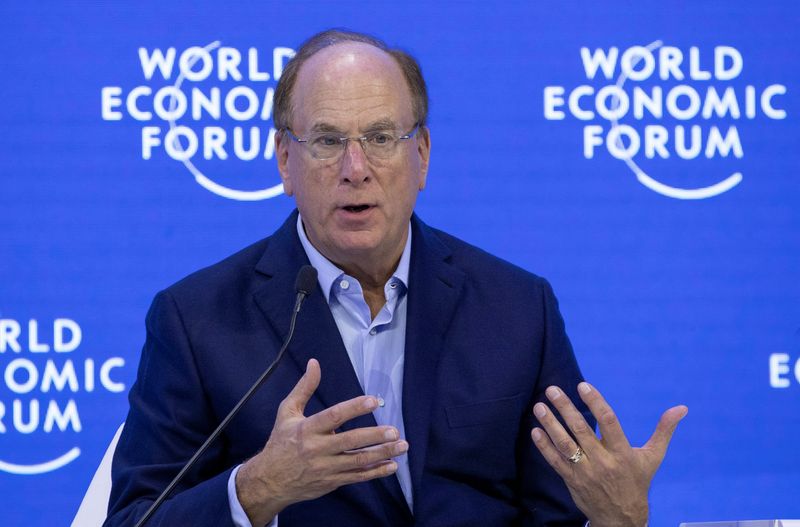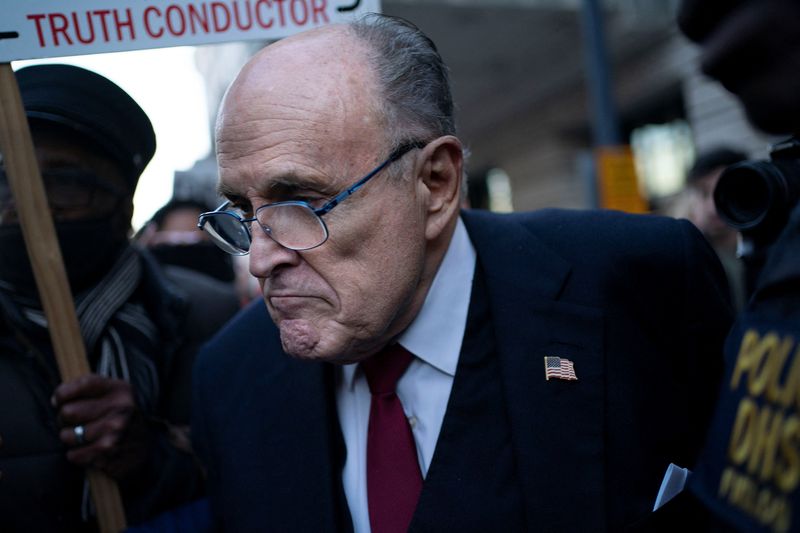Follow us on LinkedIn
An interest rate cap is a derivative instrument that involves an agreement between two parties. In this agreement, one party assumes the responsibility to pay the other if the interest rate on a variable loan exceeds an agreed limit. The initial contract between both parties sets the timeframe, interest rate limit, and other aspects of the interest rate cap.
An interest rate cap is highly advantageous to avoid the risk of interest rates increasing. This derivative can benefit borrowers who want to hedge against a variable-interest loan. However, it comes with a disadvantage to the other party who assumes the responsibility of compensating the borrower. Therefore, this party may include additional charges to the agreement.
What is an Interest Rate Cap Premium?
Interest rate cap premium refers to the price charged on an interest rate cap by the seller. It comes from the party that assumes the responsibility to compensate the other if interest rates increase. For the buyer, it is the price they pay to purchase the interest rate cap. Usually, interest rate cap premiums come from brokers or counterparties who offer them to interest rate cap buyers.
Interest rate cap premiums represent an income from the seller. Usually, it is a percentage of the notional principal amount of a contract. This value is often used to calculate swap payments. For the buyer, the interest rate cap premium represents an expense against hedging the underlying instrument with the variable interest rate. This premium is a part of the agreement between both parties.
How does Interest Rate Cap Premium work?
An interest rate cap premium is a part of an interest rate cap agreement between two parties. As stated above, in this agreement, one party assumes the responsibility for compensating the other if interest rates fluctuate. In exchange, this party requires compensation for the risks they undertake. This compensation comes from the price paid by the buyer to acquire the interest rate cap.
Several factors may contribute to the interest rate cap premium charged on a contract. Usually, these include the duration of the agreement, market volatility surrounding interest rates, expected fluctuations in market interest rates, etc. Another crucial factor that contributes to the interest rate premium paid by the buyer includes the difference between the interest cap and the expected interest rates.
In most cases, the closer the interest rate cap is to the expected interest rates, the higher the interest rate cap premium would be. In most aspects, this premium resembles a call option premium. Consequently, the interest rate cap agreement helps compensate the seller for the risks they undertake on the contract.
What is the tax treatment of Interest Rate Cap Premium?
The IRS allows borrowers to treat any payments on an interest rate cap agreement as an interest expense relating to the underlying loan. This definition qualifies interest rate cap premiums as deductible interest income for the borrower. If the borrower receives compensation when the interest rates exceed the cap, this income is treated as income for the borrower.
Conclusion
An interest rate cap is an agreement between two parties based on the interest rate of an underlying instrument. The seller of this cap agrees to pay a borrower if the interest rate on the underlying loan exceeds the cap. In exchange, the seller charges a price known as the interest rate cap premium. The tax treatment of the interest rate cap premium is similar to interest expenses.
Further questions
What's your question? Ask it in the discussion forum
Have an answer to the questions below? Post it here or in the forum




